According to data obtained from the Centers for Disease Control and Prevention, drowning is the second leading cause of unintentional injury and death among children aged 1–14. This happens because most parents cannot recognize the signs of drowning. They believe in myths created by movies, advertisements, and other sources and in doing so, they put themselves and their loved ones in danger.
At Bhaskar Health, we have enlisted the most important signals that a child is in danger so you can act properly and prevent an emergency.
“How can I recognize if my child is drowning?”
Frank Pia is an American lifeguard who identified the common drowning behaviors and documented his findings. He stated that the drowning person doesn’t advertise the fact that they are drowning, nor is it evident to anyone except the trained eye. This is a quick and usually silent process. Below are the signs that we should be aware of.
1. A call for help and breathing
Unfortunately, drowning is not a convulsive agitation or the splashing call for help a lot of people usually expect. In fact, a drowning person is rarely able to say even a word. This is explained by the fact that in times of extreme danger, a person is struggling to breathe. That’s why it is a big mistake to think that you will be able to help your children within seconds if you hear their voices.
2. Arm movements
As we have already stated above, the main goal of a drowning person is to keep their head above water. That’s why arms are usually extended to the sides and move alternately up and down. Such moves help to raise and lower the drowning person in water for some time so they can have a chance to get air. Remember that these actions require a lot of effort so a child won’t be able to perform them for a long period of time.
3. Body positioning
A body of a drowning person remains in a vertical position. A person is not able to give any supporting kicks. As the process progresses, the person’s head submerges lower in the water. The whole process can take from 20 to 60 seconds.
4. Locomotion
There is evidence that people usually manage to turn toward the shore. But this is the only move they are able to do. Chaotic arm actions and lack of leg movements cannot propel a person in any direction. At the end of the process, only the head and/or grasping hands may be seen.
5. Other signs
The following signs may also show that your child is in danger:
- Empty and glassy eyes that are unable to focus (or closed)
- Hyperventilating or gasping
- Hair over the forehead or eyes
- Appearing to be climbing an invisible ladder
- Trying to roll over on their back
What can you do in an emergency?
Here is a list of actions if the emergency has already happened:
- Take your child out of the water.
- Check if the child is breathing. If you do not see any signs of breathing, you should start cardiopulmonary resuscitation (CPR) immediately. If the child is breathing, take them to the nearest hospital to check their health condition.
- If there is anyone else near you, ask them to call 911.
- If you are alone, concentrate on CPR until the child can breathe on their own. After that, call 911.
How can you prevent an emergency?
What can we do to keep our children safe? The Safe Water Kids organization shares important tips that will help you to spend summer or vacation without stress.
- Do not leave children alone when they are in or near water. Do not get distracted, as seconds can cost a life.
- Choose a water watcher. If you go to relax with friends, you can appoint a responsible person who will watch children in or near water for a certain period of time.
- Teach children how to swim. Consider their age and development before making this decision. Make sure that children who can't swim wear a life-saving jacket.
- Teach children that swimming in open water differs from swimming in a pool. Tell them about limited visibility, depth, uneven surfaces, currents, and undertow.
- Learn basic water rescue skills and CPR. This knowledge can help you save a life one day. It is very important to remember what to do and to keep cool during an emergency.
Do you know any other signs that can help to identify a drowning person? Can you share more tips on how you watch your children near water? Share your ideas with us in the comments!



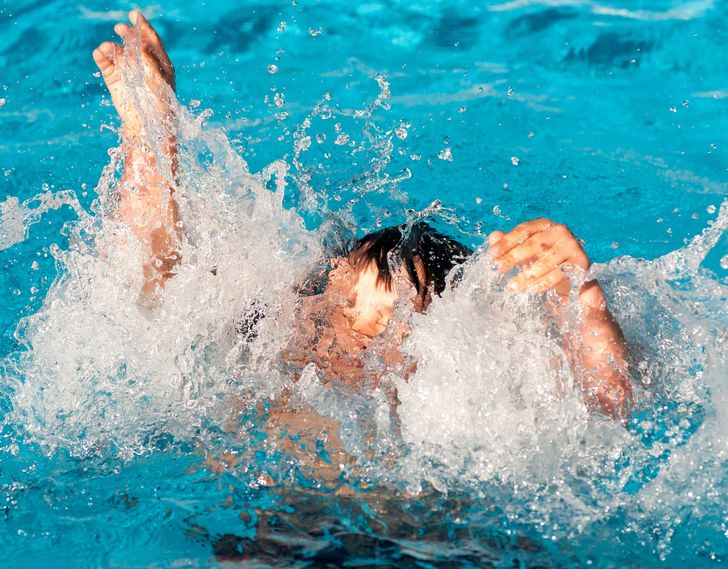
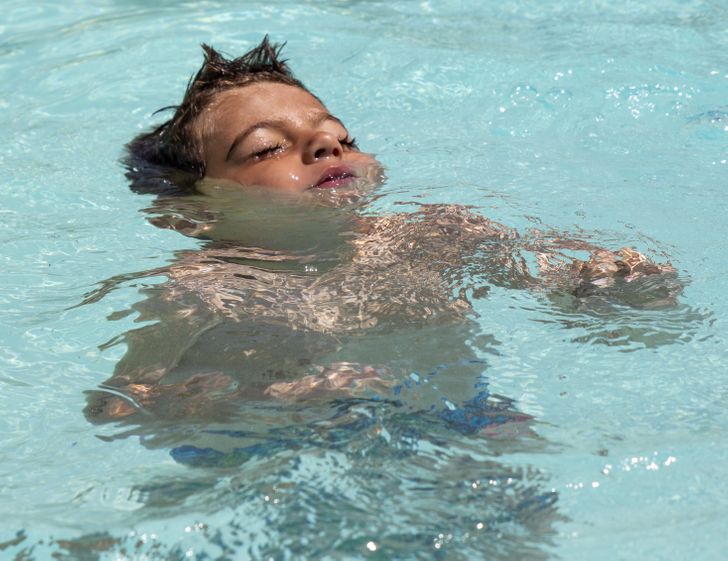
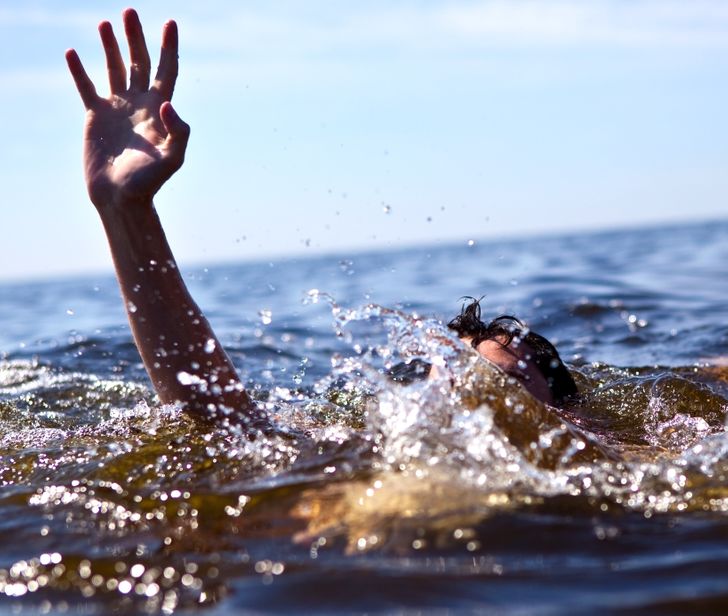
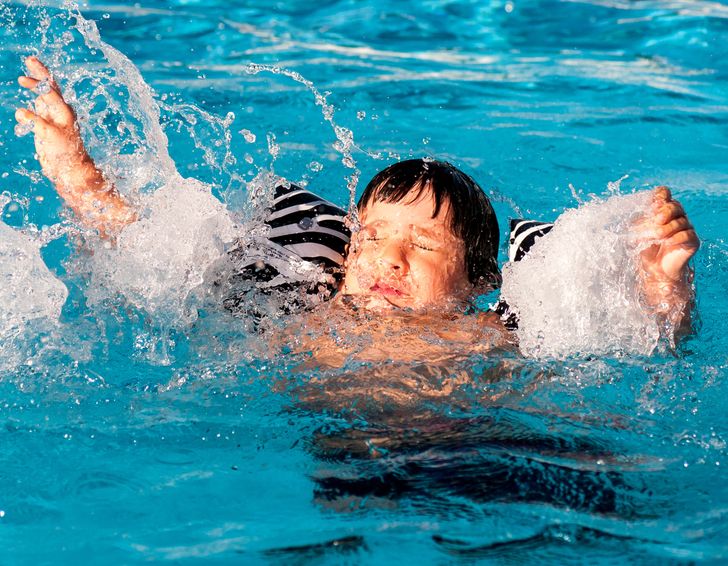
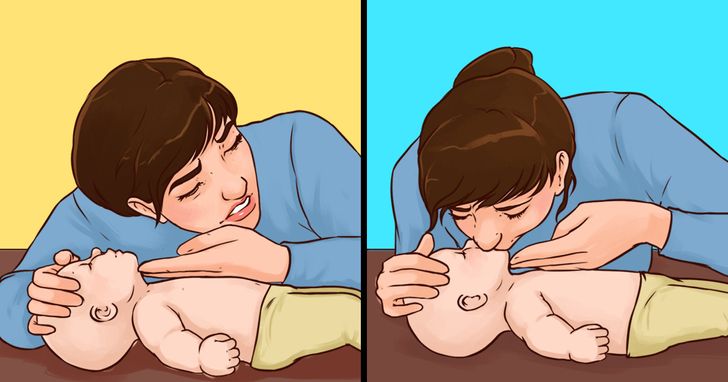
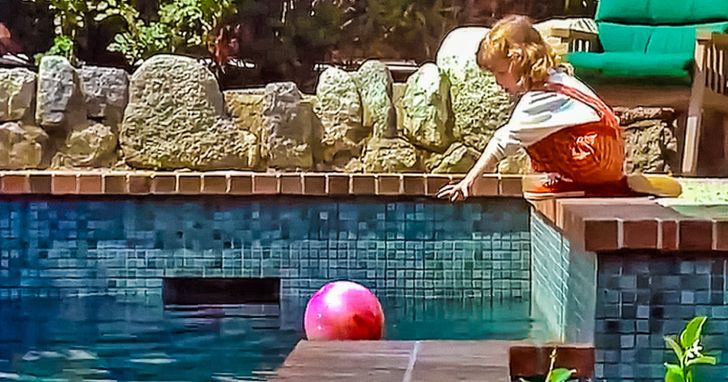
0Comments